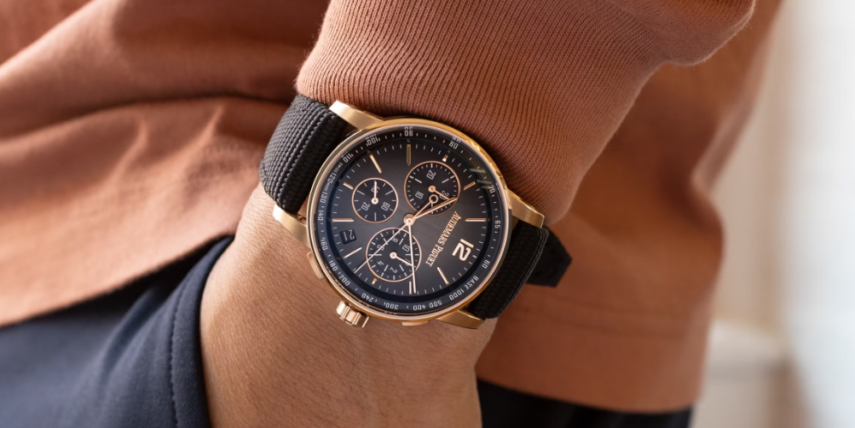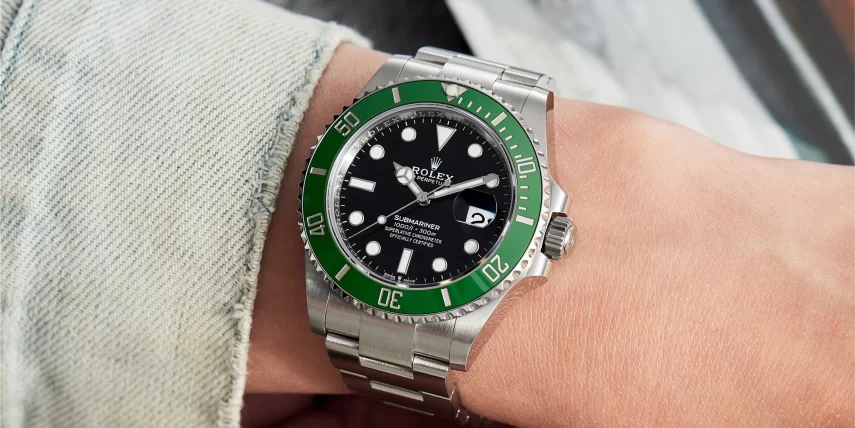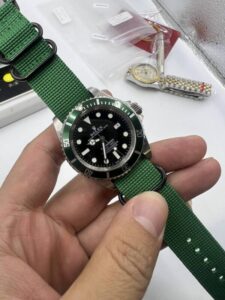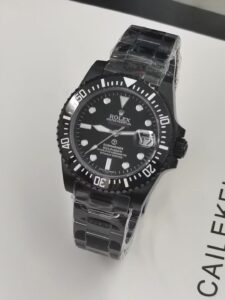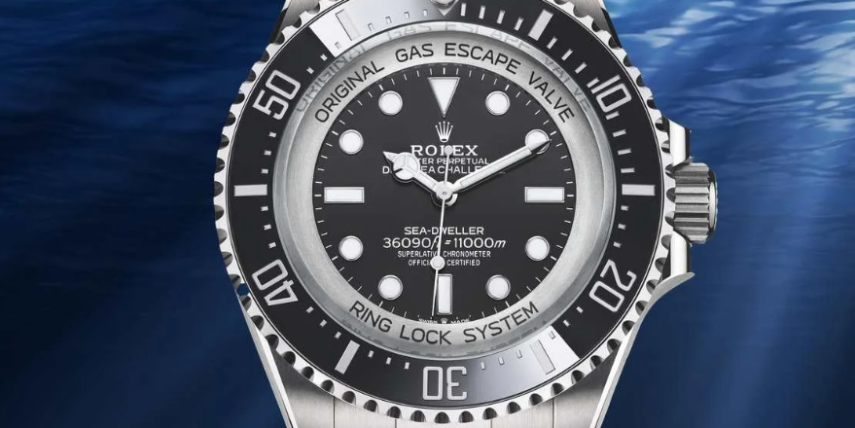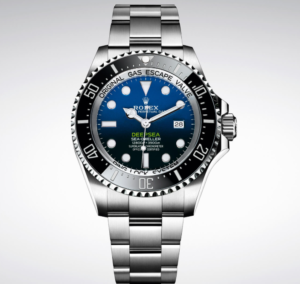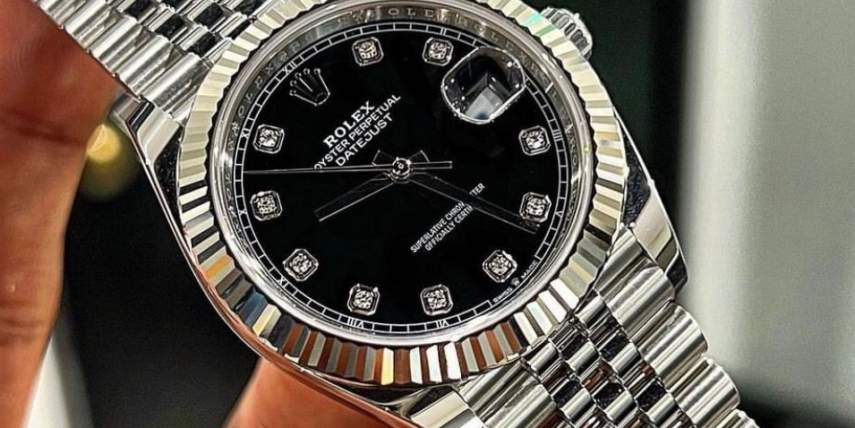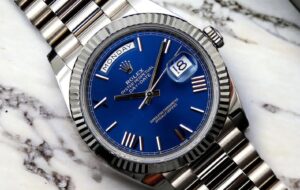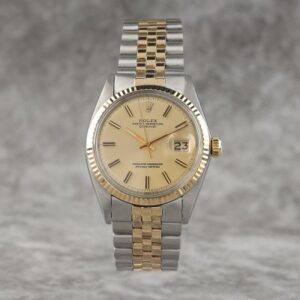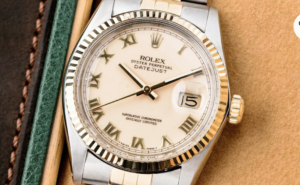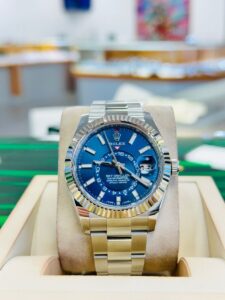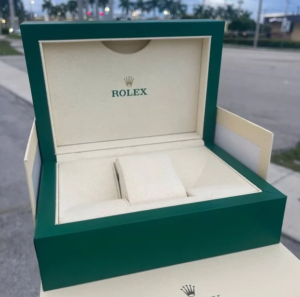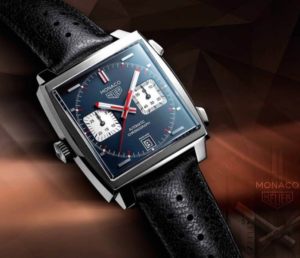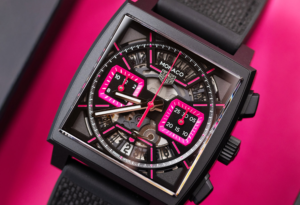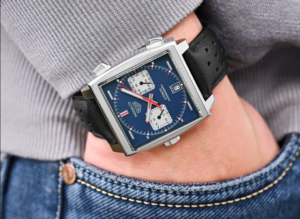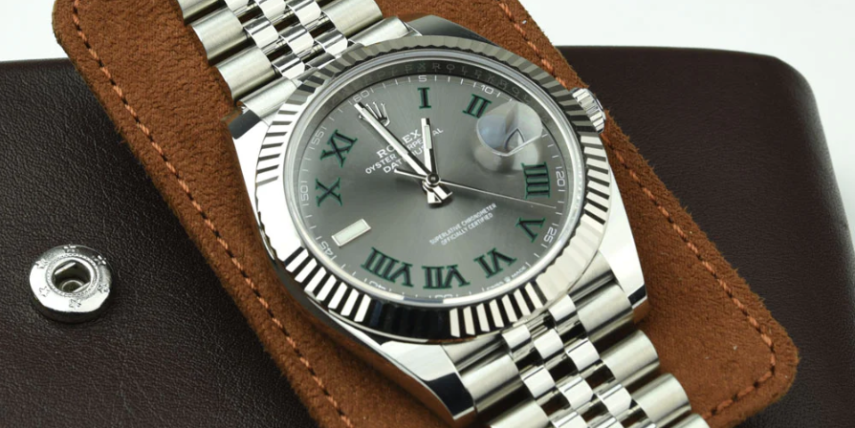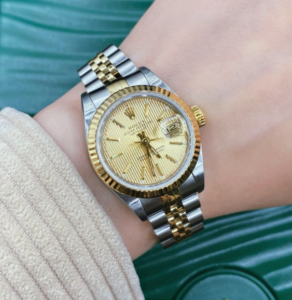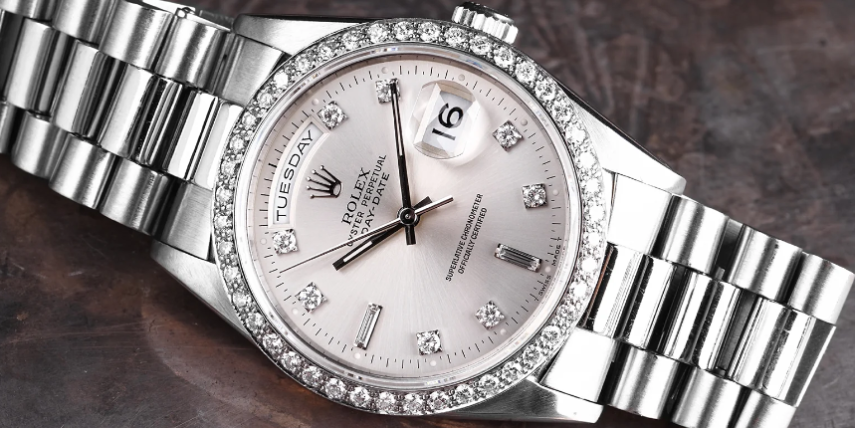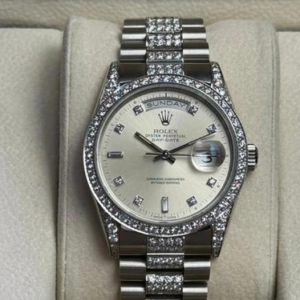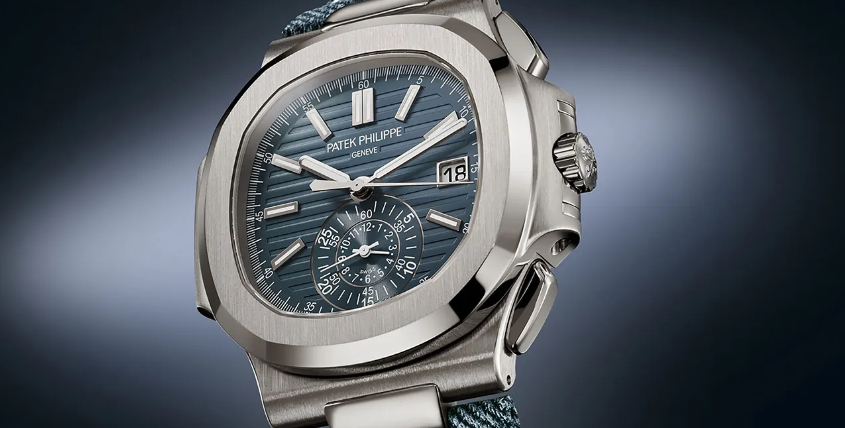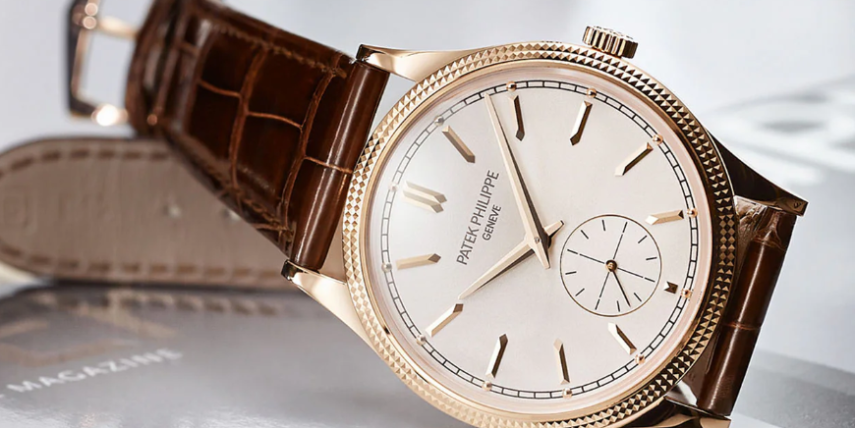The CODE 11.59 collection has divided opinions since its debut, but to me, it represents something essential about watchmaking today: the courage to be different. AP could have rested comfortably in the legacy of the Royal Oak, but instead, it chose to step into uncharted territory. And the result, the Selfwinding 41mm, is an intricate symphony of geometry, light, and craftsmanship.
The first thing that caught my eye was the dial-a smoked grey gradient that seems to shift mood with the light. It’s not a flat surface but a living texture, brushed in a fine radial sunburst pattern that draws your gaze toward the center, as if gravity itself were pulling the light inward. Around it runs a black lacquered inner bezel, subtle yet precise, with each minute marked in delicate white numerals and fine index strokes. It’s a quiet celebration of symmetry and restraint.
The applied hour markers in polished rose gold bring warmth to the cool gradient of the dial. The Arabic numerals-12, 3, 6, and 9-are bold yet graceful, balanced by the beveled index markers that fill the spaces between. Every polished surface catches light differently, giving the dial a layered sense of depth that is distinctly replica Audemars Piguet. Even the date aperture, tucked neatly between 4 and 5 o’clock, respects the dial’s overall harmony rather than interrupting it.
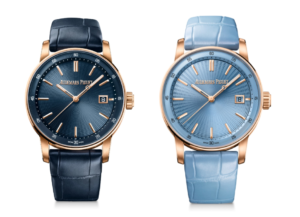
But what truly fascinates me is the logo. At first glance, it looks as if it has been sculpted onto the dial, rising with a subtle solidity that feels more architectural than printed. The reason lies in its creation: AP uses a chemical galvanic growth process that deposits gold in microscopic layers until the logo takes on a three-dimensional form. It’s not just branding-it’s craftsmanship disguised as detail.
Covering all this is a sapphire crystal that feels like a lens to another dimension. The double-curved glass isn’t a simple dome but a carefully engineered arc that bends perspective, refracting light in ways that make the dial appear both closer and deeper at once. It’s a trick of optics that makes you see the watch anew with every glance. You tilt it under sunlight, and the world within shifts-every reflection alive, every edge gleaming.
Turning the watch in hand, the case reveals its layered secret. CODE 11.59 is a watch of contrasts, and nowhere is that clearer than in its case construction. Crafted from both 18k white and rose gold, it employs what AP calls a “sandwich” design-a pairing of outer and inner geometries that shouldn’t coexist, but somehow do. The outer white gold case is round, smooth, and almost classical in proportion. The inner structure, however, takes the form of a polygon-a hidden nod to the Royal Oak’s legendary octagonal DNA. This fusion of shapes gives the watch its unique personality: it feels both contemporary and timeless, complex but never chaotic.
The finishing is, as one would expect, exquisite. Brushed surfaces fade into polished chamfers with surgical precision. Each curve of the lug feels sculpted by hand, every transition between finishes perfectly balanced. It is a watch that rewards inspection, a reminder that luxury is not just about materials, but about the discipline of touch. At 41mm in diameter and 10.7mm thick, it sits comfortably, exuding elegance without shouting for attention.
The crown, simple in appearance, bears its own refinement. It is both brushed and polished, engraved with the AP monogram on its flat edge, and subtly notched for an effortless grip. It might seem a small thing, but in watchmaking, such details separate the merely beautiful from the truly masterful.
Flip the watch over, and another world opens up. The transparent case back is bordered by polished chamfers and fine engravings: “CODE 11.59 by Audemars Piguet,” a serial number, and symbols discreetly placed like the signatures of the artisans who built it. Through the sapphire crystal, the beating heart of the watch reveals itself-the Calibre 4302.
This movement is a masterpiece of precision and poise. Self-winding, composed of 257 components and 32 jewels, it beats at 4Hz (28,800 vibrations per hour), giving life to the watch with the rhythmic grace of a heartbeat. The 22-carat gold rotor, decorated and engraved with breathtaking detail, winds the watch to deliver a generous 70-hour power reserve. Look closer, and you’ll see Geneva stripes stretching across the bridges, beveled edges catching light, and the name “Audemars Piguet” inscribed in delicate rose gold lettering. It’s not just a mechanism; it’s a miniature landscape of craft and motion, where every screw, every engraving, carries the legacy of Le Brassus.
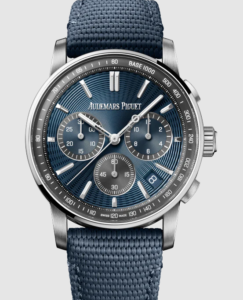
Holding the watch against light, I was struck by the way it plays with perception. Every layer-the smoked dial, the sapphire curvature, the multi-metal case, and the rotor gleaming beneath-seems to converse with one another. There is geometry, but also grace; modernity, but also memory. The CODE 11.59 doesn’t imitate anything before it, yet it feels grounded in everything AP has ever stood for.
Audemars Piguet replica has always been known for challenging the boundaries of watch design. When it introduced the Royal Oak in 1972, it shocked the world with its boldness. Nearly half a century later, CODE 11.59 attempts a similar revolution, not through aggression but through refinement. It is a more introspective creation, less about power, more about precision. Some critics once found it polarizing, but with time, the collection has earned respect for what it truly is-a laboratory of design, a meditation on what the future of watchmaking can look like when tradition and innovation meet halfway.
There’s something poetic about the name itself-CODE 11.59. It represents the minute before a new day begins, a metaphor for anticipation, for what comes next. Wearing it feels like holding that moment in your hand: the balance between ending and beginning, the edge of midnight.
In a world saturated with repetition, this watch feels refreshingly original. Every line, curve, and reflection has been considered not just for aesthetic pleasure but for emotional resonance. The CODE 11.59 Selfwinding 41mm may not shout like its older sibling, the Royal Oak, but it speaks with a quiet conviction-a whisper that draws you in rather than demands attention.
